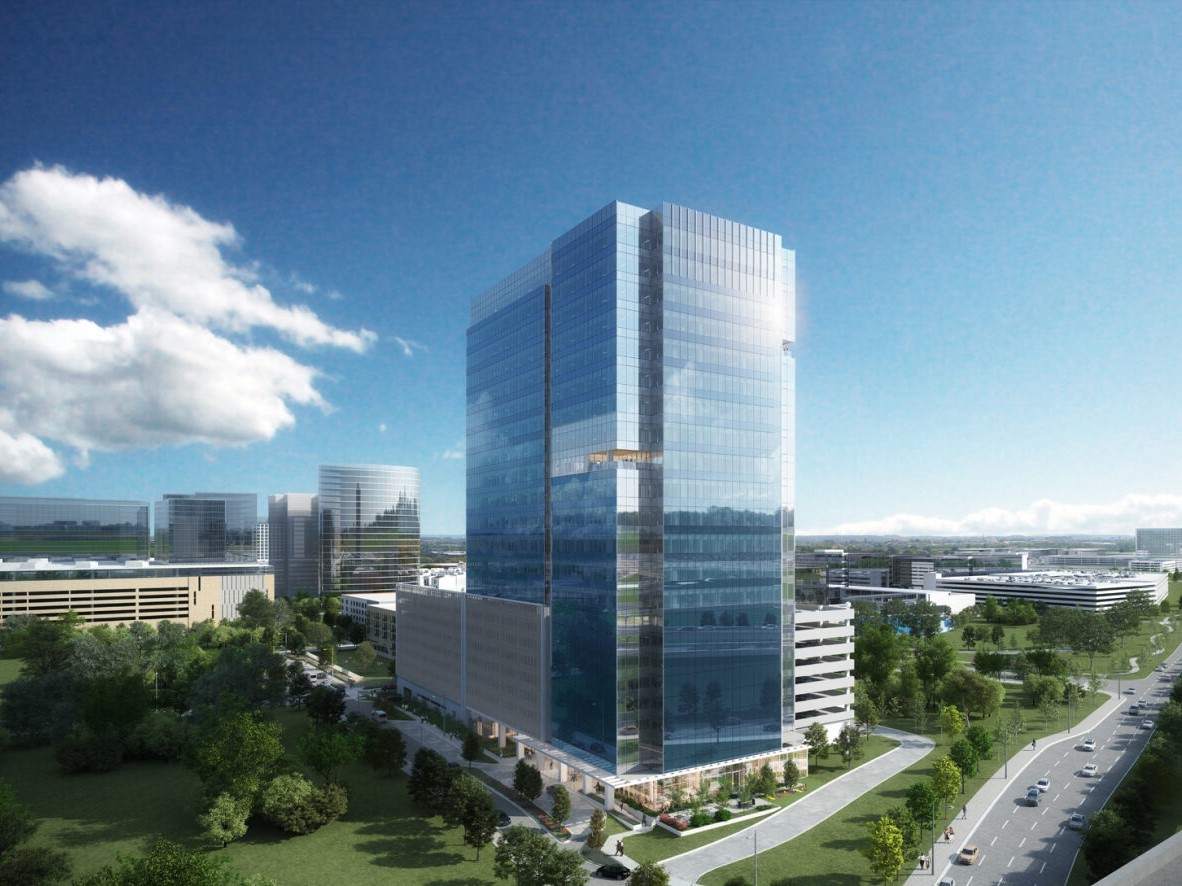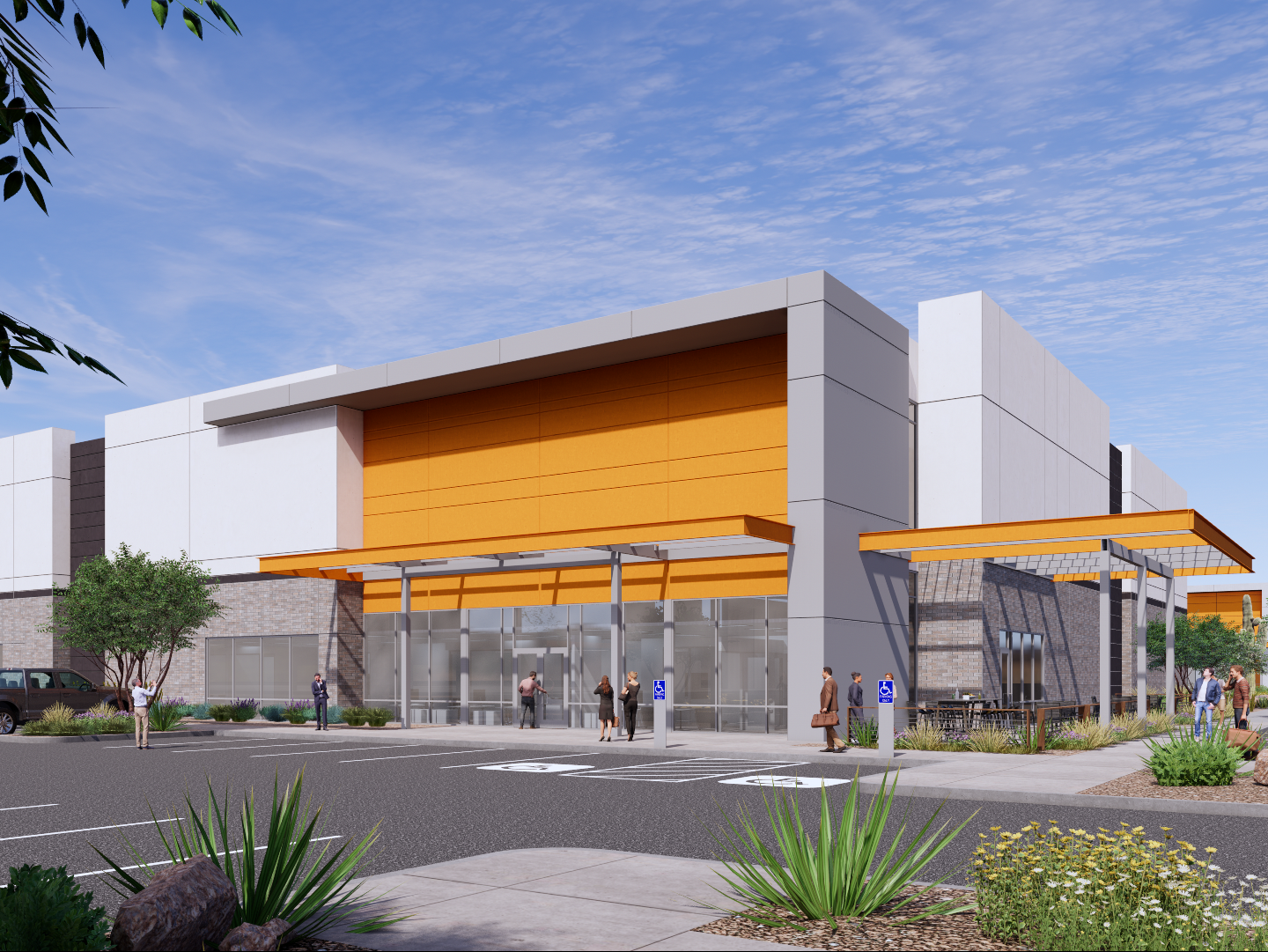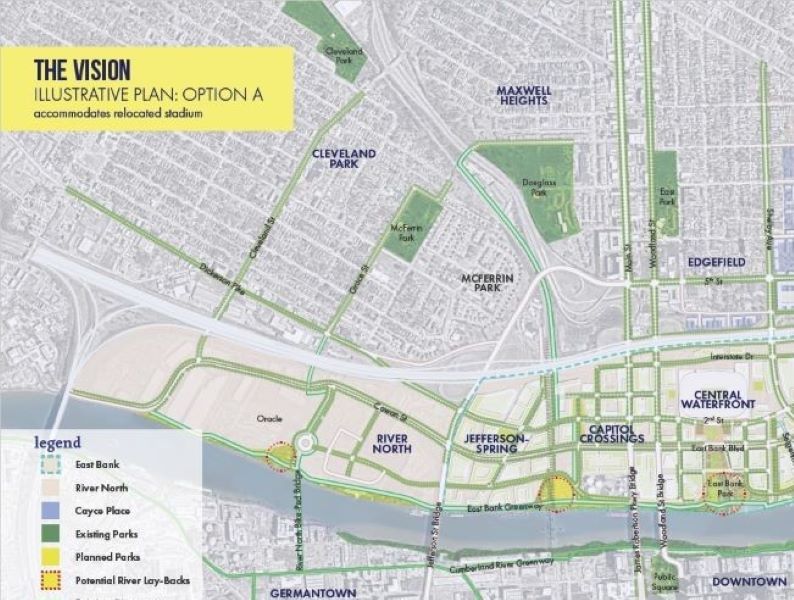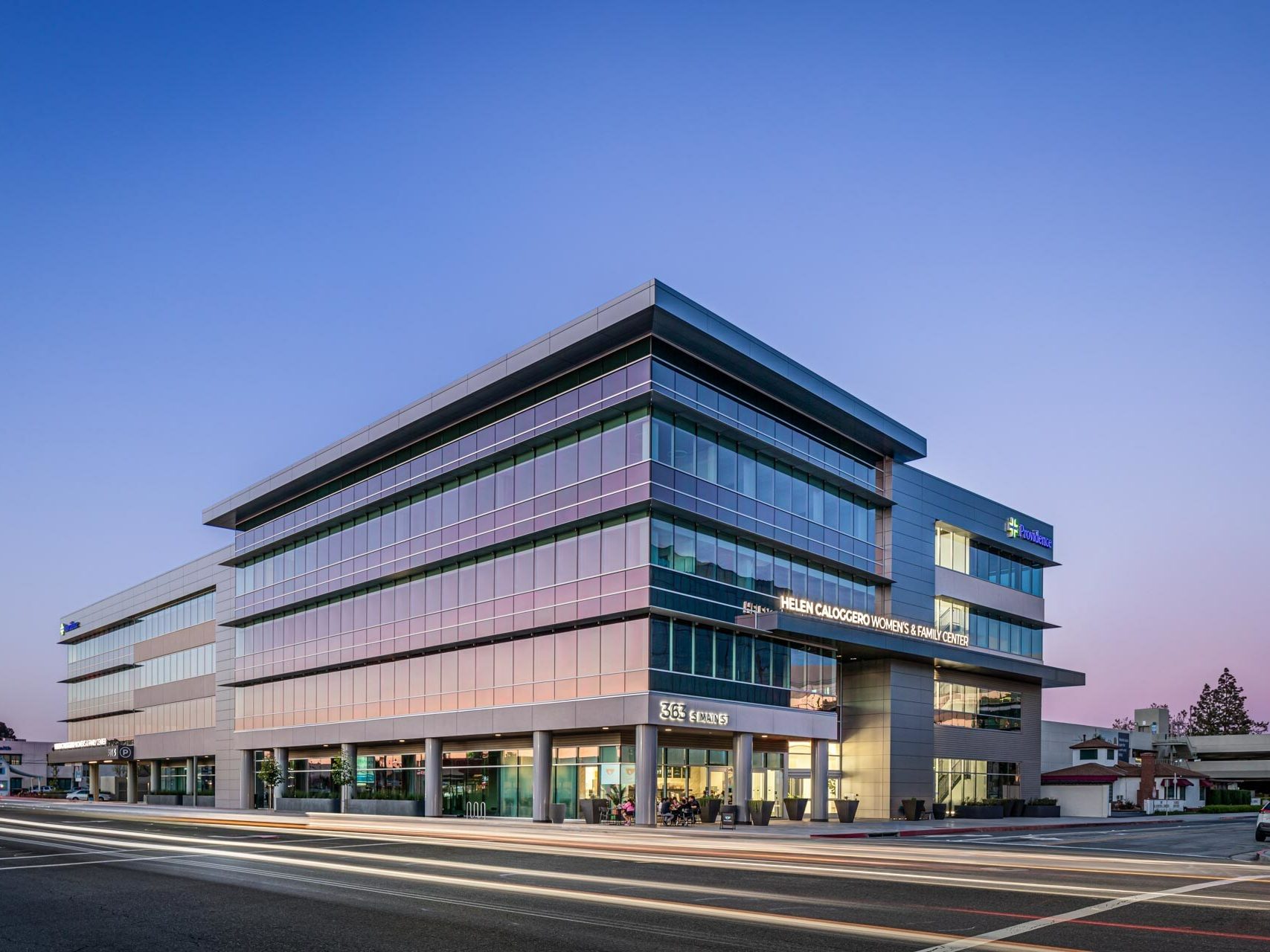Opportunities in Private Real Estate Debt: Time Out or Game On?
RCG Longview's Michael Boxer on what investors can do while waiting for the "familiar cadence" of buying and selling to resume.
A pandemic-reduced recession, combined with social unrest and an upcoming presidential election, have created the perfect storm for an unwelcome hiatus in deal making and left investors wondering where to focus their attention during this unprecedented time.

Michael Boxer
Before answering that question, we offer a bit of context. During the pandemic, the public markets have remained relatively sanguine, pricing in what CenterSquare estimates to be a 10 percent decline in overall commercial real estate values. Yet, the private markets still feel stuck in the mud. There is obviously no meeting of the minds between buyers and sellers.
Another reason why the private market lags its public counterpart is the current stance adopted by the broader lending community. Commercial banks, life insurance companies and private lenders are all still willing to implement short-term solutions for borrowers with loans that have come due. This “kick the can down the road” strategy may be in everyone’s best interest in the near term, but it has acted as an inhibitor to the price-discovery exercise that needs to occur for the market to return to a normal rhythm of buying and selling.
Waiting for consideration
The situation seemingly leaves investors playing the waiting game. In the meantime, there are opportunities in private real estate debt to explore, as we anticipate an eventual return to a familiar cadence of transactions and, hopefully, a vaccine. We see two primary buckets for consideration: The first consists of truly distressed and broken assets that require completely reimagined business plans for value creation. While this option presents the greatest potential for outsized returns, it also requires a very high tolerance for risk.
The second bucket is comprised of those assets that remain viable in their current state but are merely overleveraged. For those investors who seek “yieldy” alternatives to plain vanilla, fixed-income CRE investments, and who are willing to trade off upside potential for downside risk mitigation, that second bucket is worthy of a close look.
Not all sectors are created equal, and some offer more promise than others. Due to favorable underlying dynamics, recapitalizations of residential, industrial, and select office assets that remain viable are particularly compelling. We believe that residential properties will exhibit long-term durability as Freddie Mac and Fannie Mae continue to provide ample liquidity, as new supply remains significantly curtailed, and because people will generally go to great lengths to secure their homestead.
Industrial and logistics will remain strong due to the significant tailwinds caused by e-commerce explosion and investments in bolstering supply chains. And office will generate opportunities as consensus forms on whether the sector will return to normal or will be permanently impaired. The truth probably lies somewhere in the middle, with the smart money paying attention to factors such as old vs. new, urban vs. suburban, and long-term vs. short-term leases.
Staying active
Regardless of sector-specific strategies, active lenders in today’s market have been rewarded but not in ways that one would expect. The knee-jerk assumption, given the current acute conditions, is that loan pricing has widened, with interest rates and fees rising to very high levels. This dynamic may be true for those limited number of transactions involving loans collateralized by truly distressed assets. Yet, for most transactions that have occurred involving recapitalizations of those viable but merely overleveraged assets, loan pricing has remained the same as pre-COVID-19 levels, and, in some cases, has become even tighter.
What has improved for active lenders are the other critical loan metrics. Discerning lenders today are able to originate loans with more experienced sponsors, lower loan-to value ratios, larger reserves and more robust covenants. When the markets do eventually recover, these lenders are likely to find themselves holding very high-quality loan portfolios at attractive pricing levels. Such portfolios may no longer be available once those lenders with less conviction return to the game.
While no one can gloss over the impact this crisis will have on economies and real estate values, we have reasons to remain optimistic. Opportunities exist for those willing to hunt for them. Patience and persistence will be rewarded, but we must not become complacent. Now is the time to be creative as green shoots always emerge in the aftermath of the coldest winters. Perhaps this timeout represents a badly needed reset for lenders and investors alike. We, however, are looking forward to getting back to regular season play.
Michael Boxer is managing director, Private Real Estate Debt, for RCG Longview, a CenterSquare company.
The statements and conclusions made in this presentation are not guarantees and are the opinion of CenterSquare and its employees. Any statements and opinions expressed are as of the date of publication, and are subject to change as economic and market conditions dictate. This article has been written for informational purposes only and should not be considered as investment advice or as a recommendation of any particular security, strategy or investment product. The future impact of COVID-19 is currently unknown.







You must be logged in to post a comment.